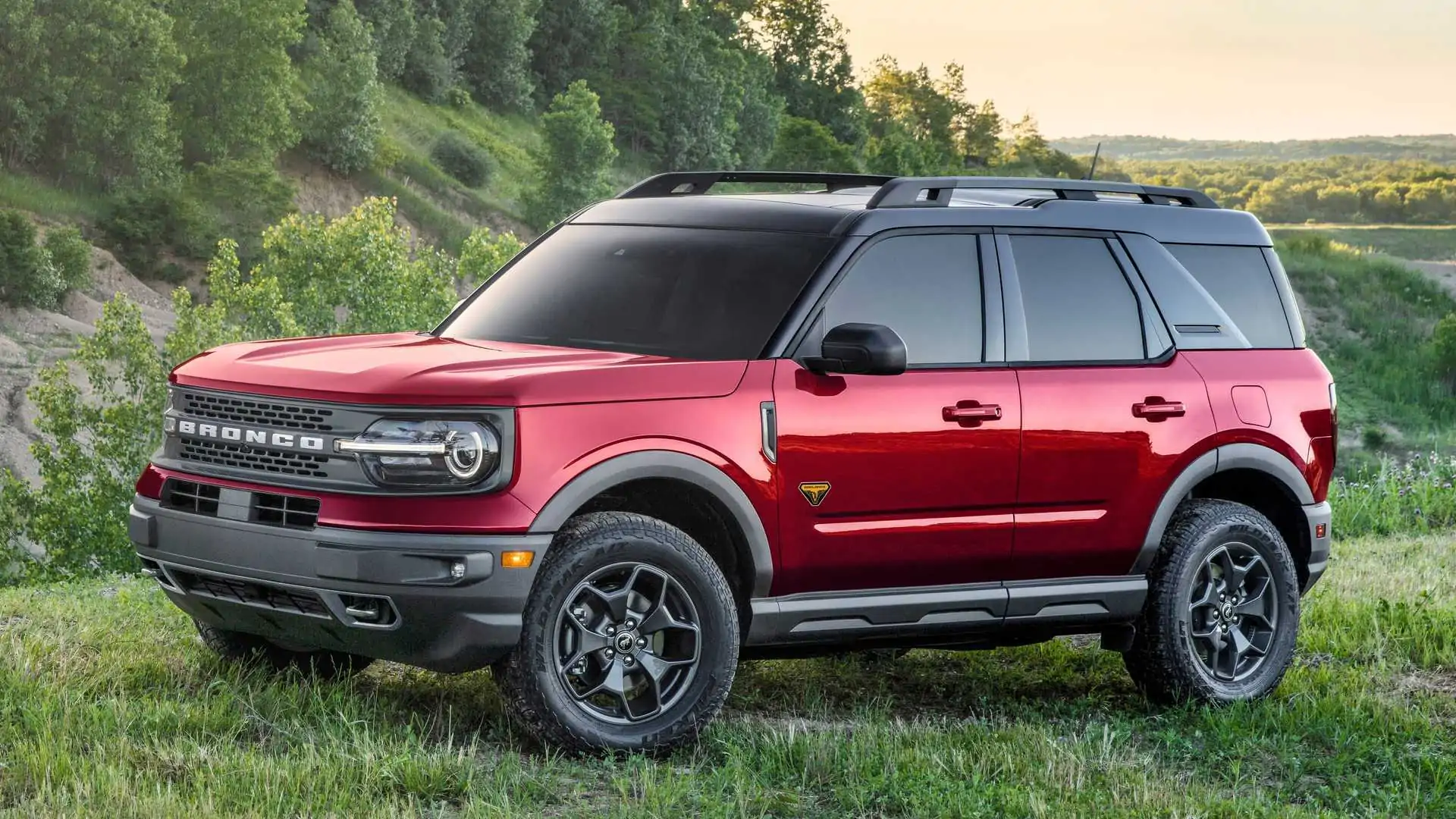When it comes to choosing an SUV, buyers often prioritize size, style, and performance. But there’s one quality that matters more than all the others—trust.
Whether you’re commuting through busy traffic, road-tripping with your family, or navigating tough terrain in bad weather, your SUV needs to be more than just capable—it needs to be unshakably dependable.
Some SUVs rise to this standard with proven safety, long-term reliability, and consistent performance under pressure. Others, unfortunately, reveal dangerous flaws in build quality, engineering, or support that can put lives at risk.
In this guide, we explore two sides of the SUV spectrum. First, we highlight five SUVs that have earned the trust of drivers, safety testers, and mechanics alike—vehicles that perform when it matters most and protect their occupants without compromise. These are the SUVs that parents, adventurers, and emergency responders count on daily.
Then we shift gears to five SUVs that have failed to inspire the same confidence—models plagued by mechanical breakdowns, poor safety performance, or design choices that put drivers and passengers in jeopardy. Some might surprise you.
Also Read: 5 Hybrids Worth Every Penny and 5 That Lose Value Instantly
5 SUVs You Can Trust With Your Life
When lives are literally riding on your vehicle, there’s no room for compromise. Whether you’re driving through a snowstorm, maneuvering out of a tight emergency situation, or relying on your car to get your family home safely after a long road trip, you need a vehicle that won’t let you down.
In this world, the SUV that looks good in the showroom or boasts the latest tech means little if it can’t deliver when it matters most.
What does it mean to truly trust an SUV with your life? It goes beyond five-star crash ratings—though those matter. It’s about real-world reliability, proven safety systems, strong structural integrity, and consistent performance under stress.
It’s about how the SUV behaves not just on sunny days, but during high-speed evasive maneuvers, icy backroads, or when something goes terribly wrong and only the vehicle stands between you and disaster.
In this section, we’ve selected five SUVs that have risen above the rest, earning reputations for dependability, safety, and build quality. These are the models that emergency responders choose, that soldiers drive in rugged terrain, and that long-distance drivers swear by.
Why write about them? Because the stakes are high. Too often, marketing glosses over what truly matters: How a vehicle actually performs when people’s safety is on the line. These five have passed that test—year after year, mile after mile.
1. Toyota Land Cruiser (1998–2021)
When you ask off-roaders, military contractors, or world travelers which SUV they’d trust in life-or-death situations, the answer often comes fast and firm: the Toyota Land Cruiser.
This full-size SUV has earned its reputation not through flashy marketing, but by performing flawlessly in the world’s harshest environments. From deserts and war zones to frozen mountain passes, the Land Cruiser is trusted because it’s built to survive—and to keep you alive in the process.
The Land Cruiser’s foundation is its body-on-frame construction, a design that prioritizes strength and durability over weight savings or ride softness. Underneath, it’s engineered like a truck—with solid axles, robust suspension components, and drivetrains that can tolerate years of heavy abuse.
The 4.7L and 5.7L V8 engines in the 100- and 200-Series models are known for their longevity and low-stress operation. These engines don’t run hot or hard, which is why they often push past 400,000 miles without a rebuild.
But it’s not just the mechanicals that inspire trust. The Land Cruiser has consistently earned high marks for safety, with strong crash-test ratings, stability control, curtain airbags, and modern driver aids like adaptive cruise control and automatic emergency braking in later models. Its stability at speed, especially in evasive maneuvers, is better than many might expect for its size.
The interior is both luxurious and utilitarian, offering top-tier materials that last decades and a driver layout that keeps controls simple and reliable. The switches don’t fade. The seats don’t collapse. The electronics don’t fail in the cold.
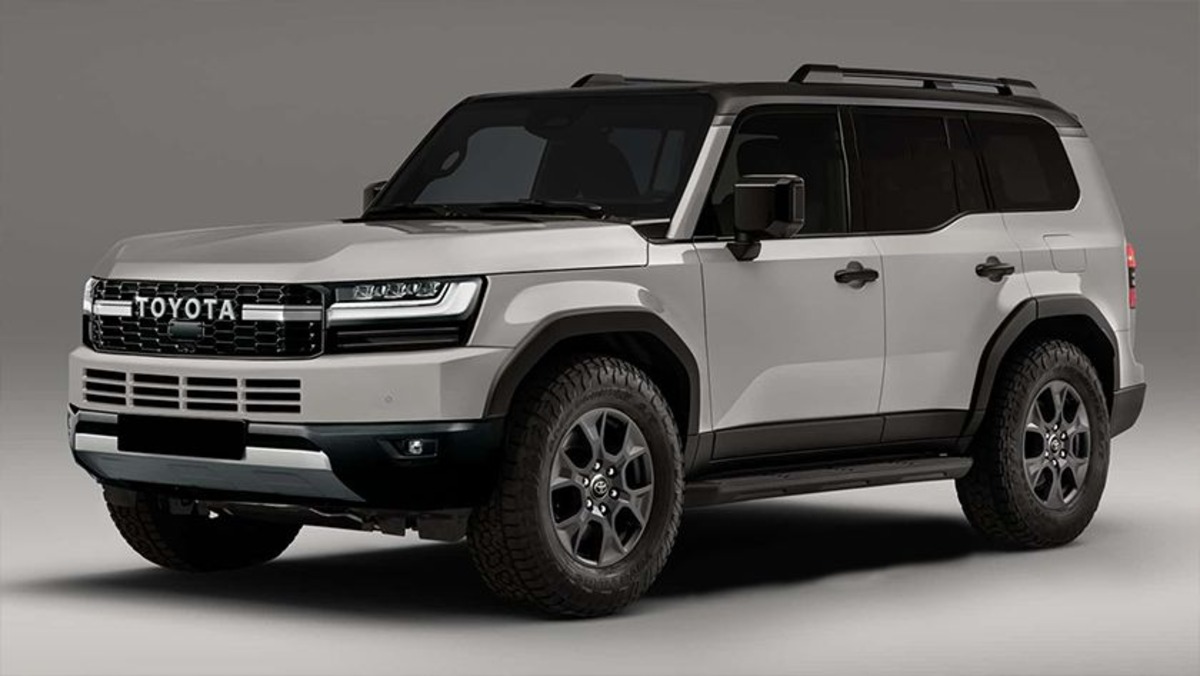
Serviceability is another strong point. Parts are globally available, and the Toyota service network extends into the remotest parts of the world.
That’s why Land Cruisers are often chosen by NGOs, UN agencies, and search and rescue teams. If you need a vehicle that just won’t stop, even when help is nowhere nearby, this is it.
The Land Cruiser may not be cheap—but it’s worth every penny if your goal is survival, trust, and sheer mechanical peace of mind.
2. Ford Explorer (2011–Present, Especially Police Interceptor Utility)
The Ford Explorer may look like a suburban family hauler, but under the skin—especially in its Police Interceptor Utility form—it’s a vehicle engineered to endure the harshest conditions and most dangerous demands.
Trusted by law enforcement agencies across North America, the Explorer has earned its reputation not just for capability, but for life-saving reliability under pressure.
Modern Explorers, particularly the sixth-generation (2020–present), are built on a rear-wheel-drive unibody platform, which improves handling, towing, and control. But even prior models from 2011 onward—while front-wheel-drive-based—proved themselves reliable in both fleet and family duty.
The Police Interceptor Utility, based on the Explorer, was developed alongside its civilian sibling and stress-tested for pursuit driving, heavy idling, and rapid maneuvering. That makes it one of the few SUVs built with real-world survival in mind.
Under the hood, the 3.5L EcoBoost V6 and the 3.7L Ti-VCT V6 have proven to be workhorses. In police duty, these engines are expected to operate at high speeds, idle for hours, and restart dozens of times daily—all without failing.
For civilian drivers, this means extra assurance that the powertrain can handle whatever is thrown at it: long road trips, emergency maneuvers, or heavy cargo loads.

The Explorer also ranks high on safety. With five-star crash test ratings, standard AdvanceTrac with Roll Stability Control, and available Co-Pilot360 driver assist technologies, it’s well-prepared to protect you in the event of an accident—or help you avoid one entirely.
Interior durability, particularly in fleet-spec models, is exceptional. Vinyl floors, rugged seat fabrics, and intuitive control layouts mean less to go wrong and more reliability over time. Even in civilian trims, the Explorer balances comfort with simplicity.
Why trust it with your life? Because it’s already doing that job every day for police officers, first responders, and federal agencies. If it’s good enough for high-speed pursuits and urban emergencies, it can certainly handle your daily commute or family outing.
3. Toyota 4Runner (2010–Present)
The Toyota 4Runner isn’t trying to be trendy. While many midsize SUVs have evolved into soft crossovers, the 4Runner has proudly stayed true to its roots as a body-on-frame, off-road-capable, no-nonsense SUV.
And that stubborn commitment to old-school durability is exactly what makes it one of the most trustworthy vehicles you can drive—especially when your life could depend on it.
What truly sets the 4Runner apart is its bulletproof drivetrain. Powered by the tried-and-true 4.0L V6 engine paired with a 5-speed automatic transmission, the 4Runner’s powertrain is legendary for its reliability.
No turbochargers, no CVTs, no overly complex electronics—just simple, robust components that work consistently under stress. It’s not fast, but it’s extremely dependable and easy to service, even in remote areas.
Its part-time 4WD system, available with a low-range transfer case, makes the 4Runner exceptionally capable off-road. Whether you’re tackling rocky trails, flooded roads, or icy terrain, this SUV gives you the control and traction to get out of dangerous situations.
The TRD Off-Road and TRD Pro trims take it a step further, offering locking differentials, crawl control, and reinforced suspension components. Safety-wise, the 4Runner is built like a tank. Its high ground clearance and rugged construction give it excellent crash survivability.
Later models include Toyota’s Safety Sense P suite, with adaptive cruise control, lane departure alert, and automatic emergency braking—although its structural strength remains its strongest safety asset.
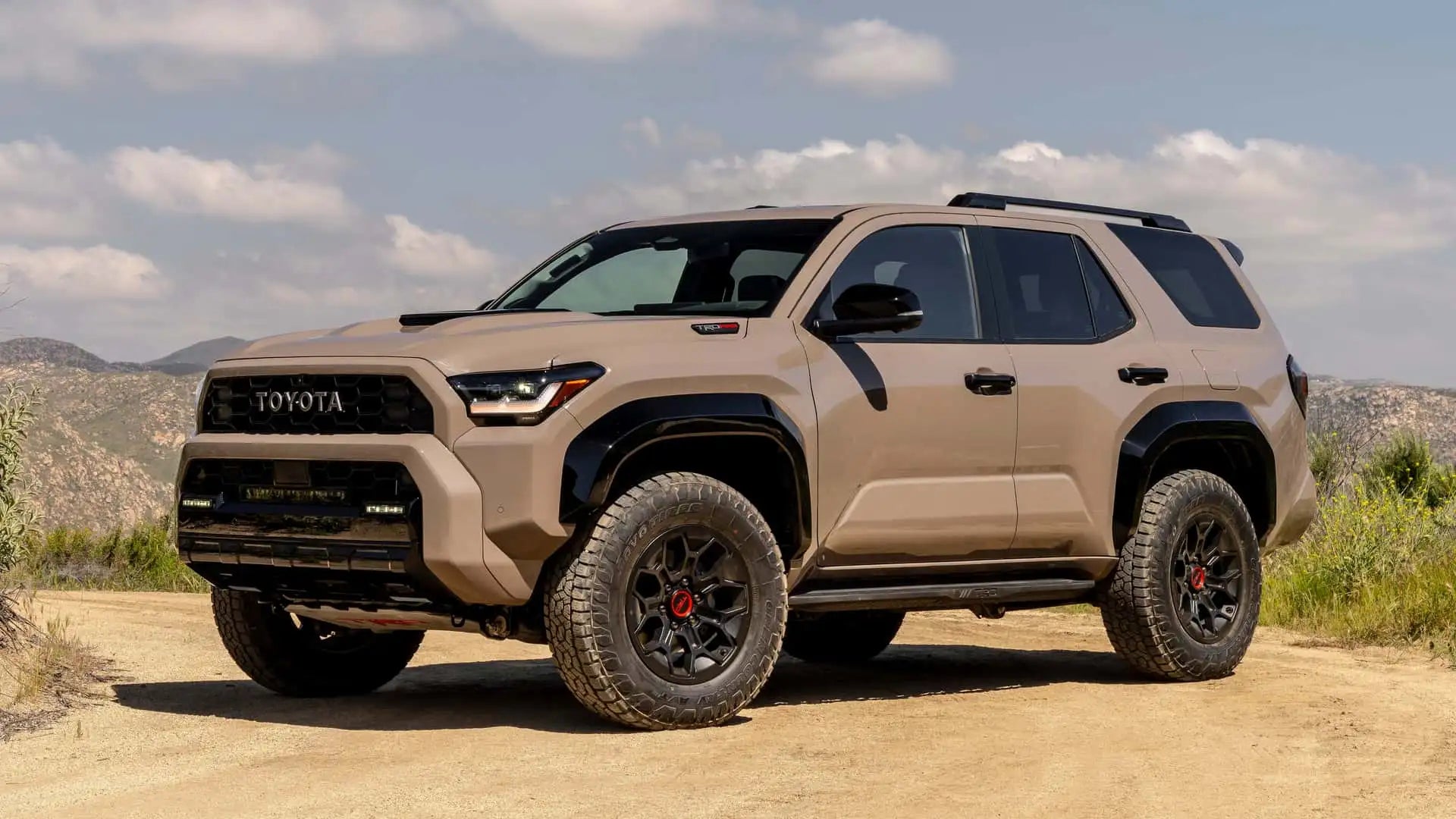
Owners often report 4Runners going well beyond 300,000 miles with only routine maintenance. In emergency situations, such as wildfires, floods, or power outages, this is the kind of vehicle that can get you through—whether you’re escaping danger or heading toward it to help someone else.
Interior materials are spartan but durable. The cabin may feel dated compared to modern competitors, but buttons, knobs, and seats hold up to years of abuse—ideal for harsh environments or demanding daily use.
In short, the 4Runner is the SUV you want when the roads are washed out, the trail disappears, and the stakes are high. It’s not about luxury—it’s about survival.
4. Volvo XC90 (2016–Present)
If there’s one automaker whose name is practically synonymous with safety, it’s Volvo—and the XC90 stands as the brand’s ultimate expression of that philosophy.
From its very foundation, the XC90 was designed not just to meet safety standards, but to exceed them. For families, professionals, and long-distance drivers who value advanced protection and intelligent engineering, the XC90 is an SUV you can genuinely trust with your life.
Volvo’s commitment begins with the XC90’s Scalable Product Architecture (SPA)—a crash-absorbing platform that earned the SUV top marks in global safety testing, including IIHS Top Safety Pick+ and five-star Euro NCAP ratings.
It’s one of the few SUVs where both active and passive safety systems work in perfect harmony. Features like Pilot Assist, Run-Off Road Mitigation, City Safety collision avoidance, and automatic braking for pedestrians, cyclists, and large animals come standard, not optional.
Under the hood, the XC90 offers a range of powertrains—from mild hybrids to the T8 Recharge plug-in hybrid. All are engineered for efficiency and control, with a focus on smooth power delivery rather than aggressive performance.
The all-wheel-drive system is intelligent and confidence-inspiring, especially in wet or icy conditions.
But it’s not just about accident avoidance—it’s about survivability. The XC90’s passenger cell is fortified with high-strength boron steel, while its seat and airbag systems are calibrated to reduce spinal and neck injuries.
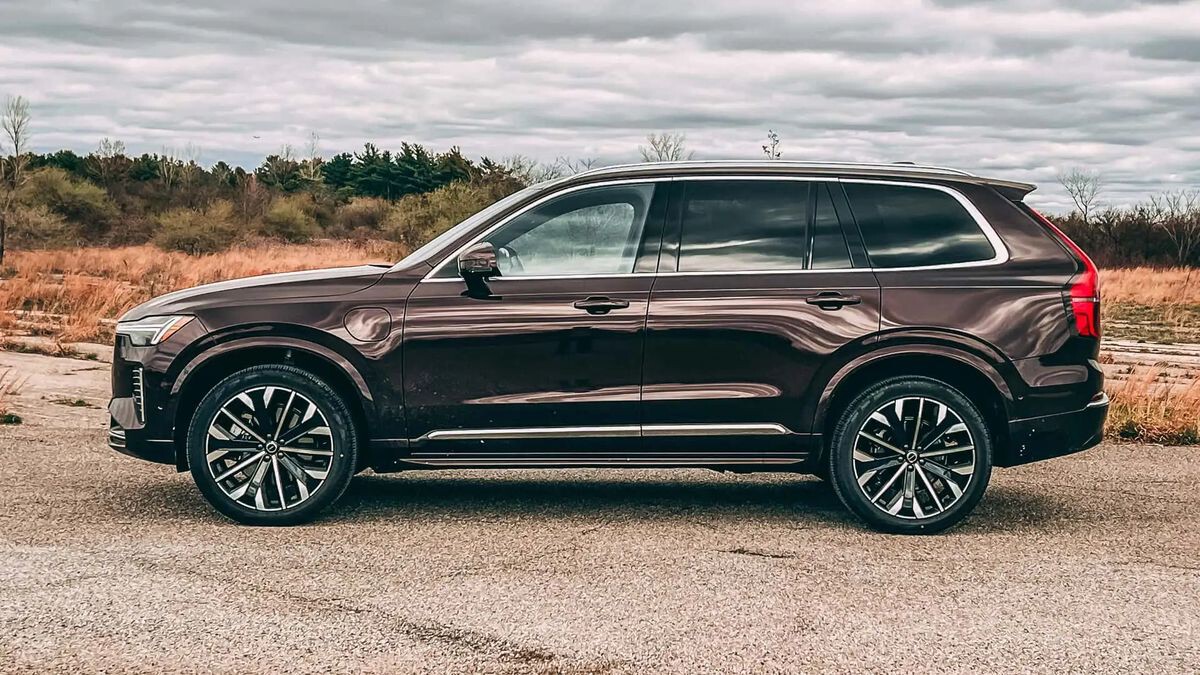
Volvo even developed a system that automatically tightens seatbelts and pre-positions occupants in the safest posture during an imminent collision.
The interior matches this dedication to care, with ergonomic design, crystal-clear driver interfaces, and low-fatigue seating. In long drives or high-stress situations, these subtle touches help reduce distraction and improve driver alertness.
What truly distinguishes the XC90 is Volvo’s bold public pledge: that no one should be seriously injured or killed in a new Volvo. That’s not just marketing—it’s a design target that influences every part of the XC90’s DNA.
So, if your priority is advanced technology with life-saving intent—not gimmicks, but meaningful engineering—the XC90 stands near the top of the list.
5. Chevrolet Tahoe (2015–Present)
Few SUVs combine raw strength, space, and dependability quite like the Chevrolet Tahoe. It’s not only a staple of law enforcement fleets, fire departments, and emergency services—it’s also the go-to choice for large families and rural drivers who need something they can count on day after day, mile after mile.
Whether you’re evacuating through floodwaters or hauling kids through a snowstorm, the Tahoe is an SUV you can trust with your life.
Built on the same platform as GM’s full-size trucks, the Tahoe features body-on-frame construction and powerful drivetrains designed to handle stress.
The standard 5.3L V8 (and available 6.2L V8) engines offer proven durability, with many examples logging over 300,000 miles in government or civilian service.
The 10-speed automatic transmission in newer models enhances both fuel economy and towing power while maintaining smooth operation under load.
The Tahoe’s size and weight give it inherent advantages in a collision—massive crumple zones, strong side protection, and stability that smaller crossovers simply can’t match.
Add in a robust suite of safety tech, including Forward Collision Alert, Automatic Emergency Braking, Lane Keep Assist, and Rear Cross-Traffic Alert, and you get both active and passive safety working together to keep you protected.
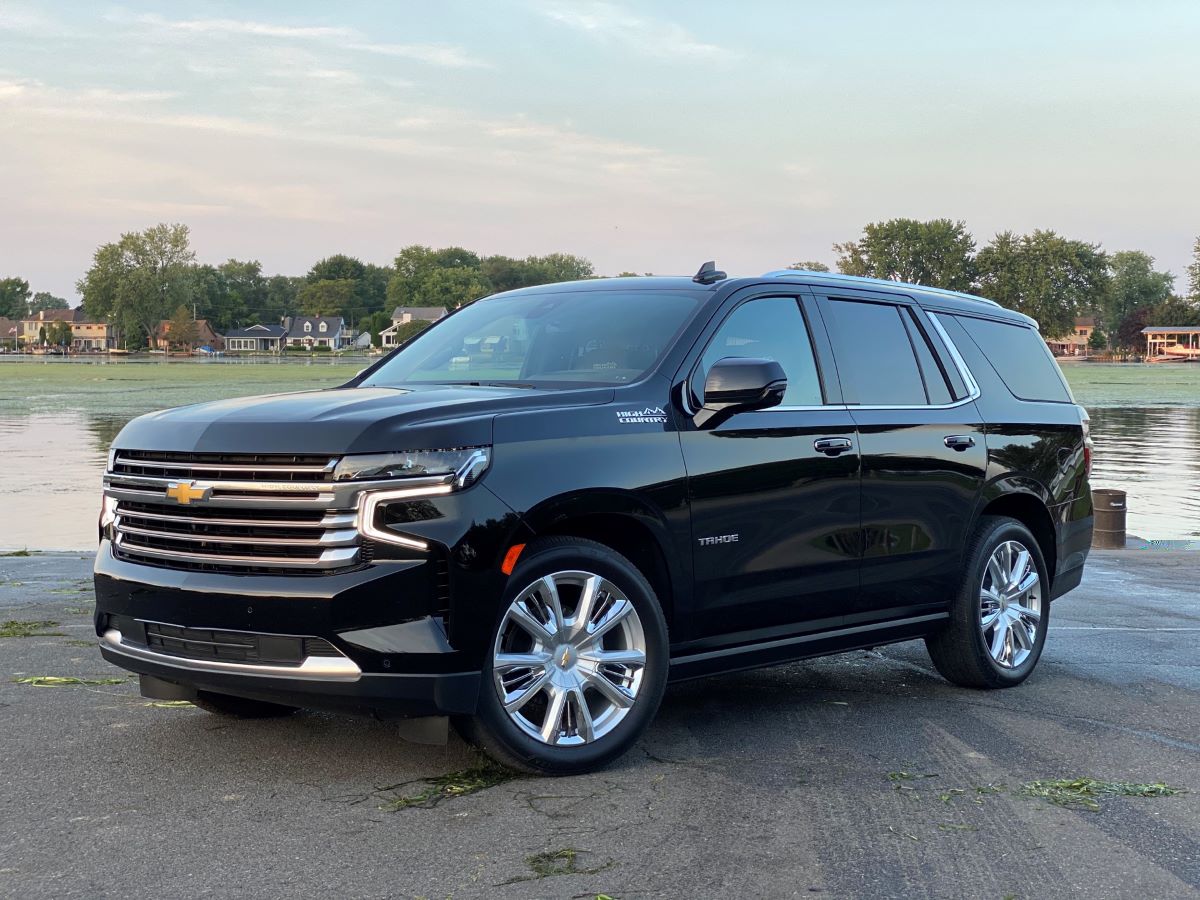
Inside, the Tahoe is built for abuse. Police-spec Tahoes have ruggedized seats, easy-clean materials, and upfitted electronics that survive years of hard use.
Even consumer models benefit from a sturdy dash layout, large physical controls, and one of the most reliable infotainment systems in the full-size SUV class.
The available four-wheel-drive system with low-range gearing further bolsters its off-road credibility in inclement weather or disaster scenarios.
Fleet service data tells the story: these vehicles endure high-speed driving, rough terrain, prolonged idling, and stop-start conditions—day in and day out. That’s not marketing spin—it’s field-tested resilience.
For drivers who want an SUV that can haul, protect, and serve, the Chevrolet Tahoe doesn’t just meet expectations—it exceeds them. It’s a proven choice when failure is not an option.
5 SUVs You Can’t Trust With Your Life
Not every SUV deserves your confidence. While the segment has exploded with new models promising bold styling, luxury features, and tech-packed cabins, many fall dangerously short when it comes to what matters most: safety, reliability, and consistency under pressure.
Some of these SUVs look great in advertising or on the showroom floor but quickly reveal alarming flaws—flaws that make them unfit for situations where lives could be on the line.
This next group of vehicles represents the weak links in the SUV market—models that break down too soon, score poorly in safety testing, suffer from engineering flaws, or have earned reputations for unreliability. These aren’t just one-off issues or rare recalls—they’re patterns, backed by customer complaints, technical service bulletins, and real-world failures.
Why highlight them? Because too often, car buyers make decisions based on price or appearance without digging into long-term performance.
The result? Vehicles that leave you stranded in emergencies, fail to protect in collisions, or become constant maintenance headaches. In the worst cases, they don’t just waste your money—they put your safety at risk.
These are the SUVs we’d hesitate to trust in a snowstorm, on a cross-country trip, or during a high-speed evasive maneuver. They may look rugged, but they’re more style than substance—and when the pressure’s on, they crack.
1. Jaguar E-Pace (2018–Present)
The Jaguar E-Pace made a bold entrance into the luxury compact SUV market with sharp styling, a premium badge, and sporty ambitions. It promised drivers a blend of British flair and everyday practicality.
But beneath its stylish exterior lies a troubling reality: serious reliability issues and inconsistent safety performance, making it one of the least trustworthy SUVs in its class—especially when your life could depend on it.
One of the E-Pace’s most persistent problems lies in its powertrain and electronics. Early models suffered from rough shifts, transmission hesitation, and outright stalling, often at inopportune moments.
The turbocharged four-cylinder engines, while punchy on paper, have been prone to oil leaks, coolant system failures, and unpredictable throttle response. These issues have surfaced within the first year of ownership for many drivers.
Even more concerning is the frequency of electronic failures. Drivers have reported infotainment system crashes, sensor malfunctions, and dashboard warning lights appearing without cause.
In some cases, critical safety systems like lane keep assist or adaptive cruise control would disengage unexpectedly or fail to activate at all. For a vehicle that markets itself as “high-tech,” the E-Pace feels unfinished and unstable.
Crash safety results add further concern. While the E-Pace did earn decent scores in some tests, its small overlap crash protection and structural rigidity have been called into question by independent analysts.
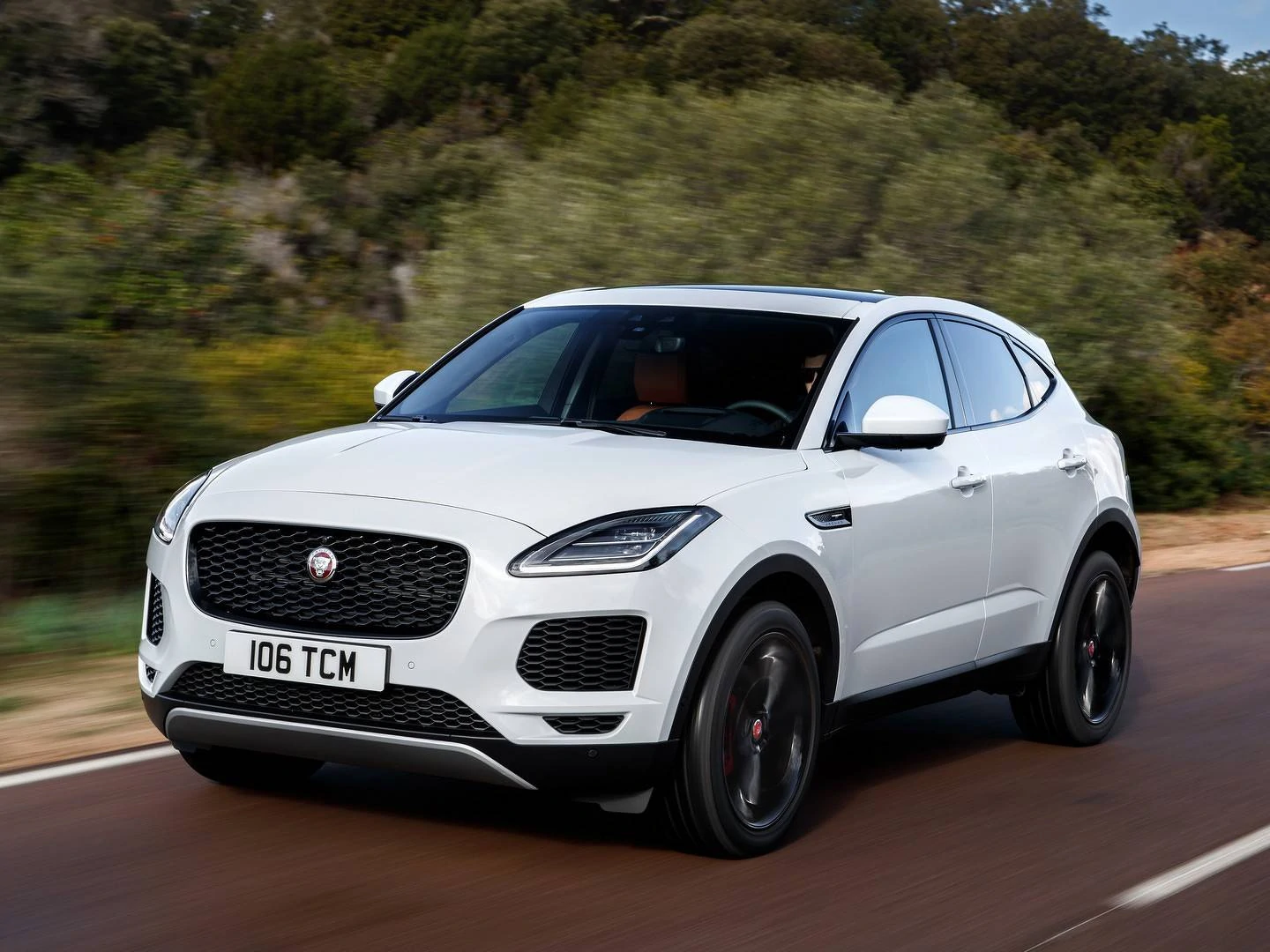
Compared to similarly priced competitors like the Volvo XC60 or Acura RDX, the E-Pace simply doesn’t hold up as well under impact.
Add to this Jaguar’s limited dealer network and notoriously spotty service experience, and you get a vehicle that’s not only unreliable but difficult to maintain. Many owners report long wait times for parts and repairs—unacceptable for a luxury SUV.
While the E-Pace might appeal to those looking for exclusivity and style, it fails where it counts most: in keeping you safe, secure, and mobile when it really matters. For those seeking genuine dependability in a crisis, this is not the SUV to count on.
2. Ford Bronco Sport (2021–Present)
The Ford Bronco Sport arrived with enormous hype, riding the wave of nostalgia and rugged adventure branding that surrounded the rebirth of the Bronco nameplate.
With its upright styling, off-road cues, and available trail-ready features, it marketed itself as a small SUV for serious explorers. But once the dust settled, a different picture began to emerge—one filled with mechanical concerns, build quality problems, and questionable long-term trustworthiness.
Though the Bronco Sport shares its platform with the Ford Escape, it was positioned as a tougher alternative. Unfortunately, many owners soon reported unexpected engine issues, particularly with the 1.5L and 2.0L EcoBoost engines.
These include coolant leaks, oil consumption problems, and even complete engine failures in vehicles with less than 15,000 miles. Some Bronco Sports were recalled early in their production run for defective engine blocks, raising serious reliability questions right out of the gate.
Transmission hesitation, jerky shifting, and throttle lag have also been common complaints—especially during quick merges or when power is needed urgently. That kind of unpredictability becomes dangerous in high-pressure driving situations.
Interior quality is another letdown. Despite its rugged appearance, the Bronco Sport suffers from rattling panels, peeling trim, and electrical issues, including unresponsive infotainment systems and malfunctioning key fobs.
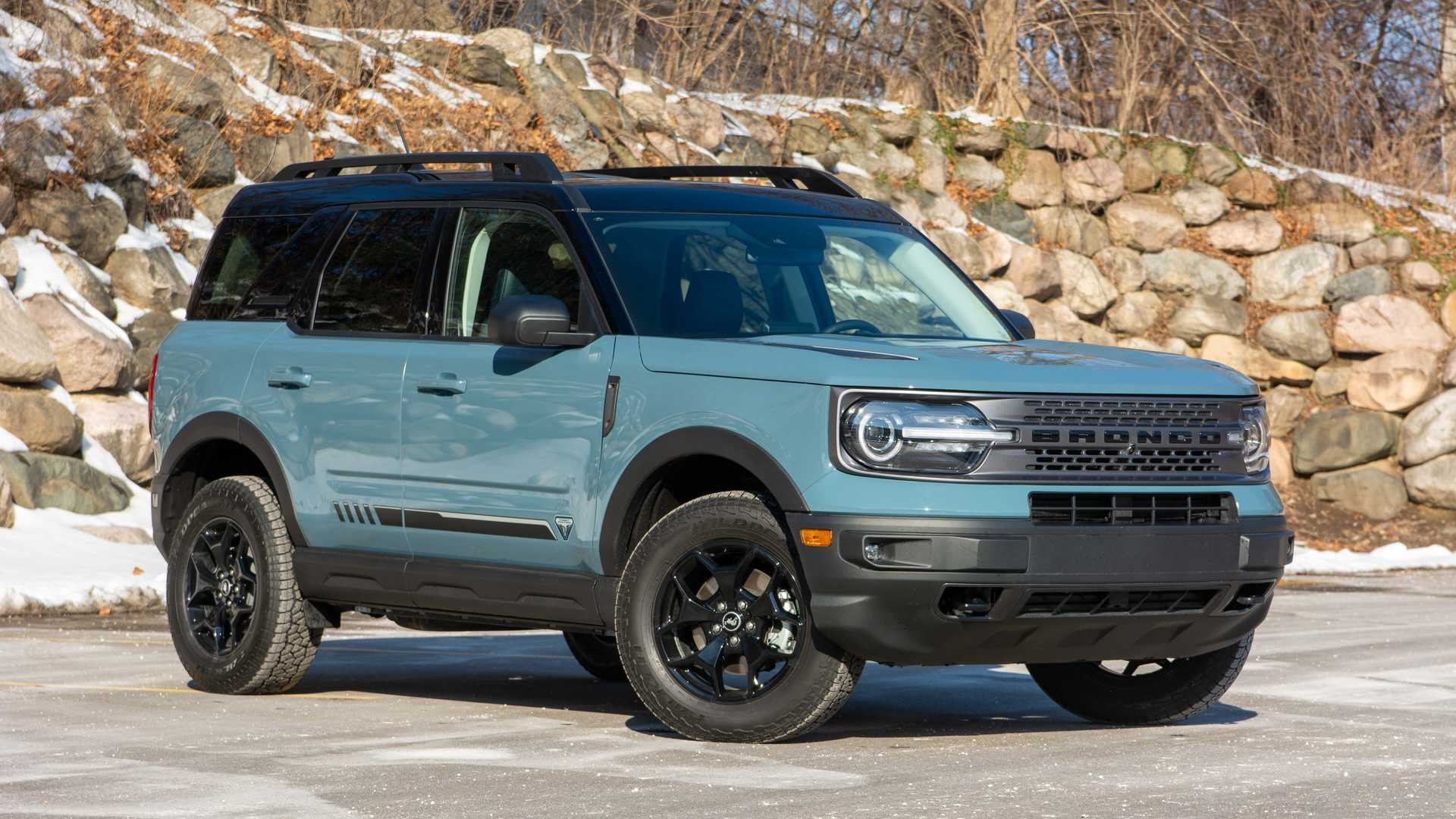
These aren’t just annoyances—they can become dangerous distractions while driving or limit access to vital vehicle functions during emergencies.
Crash test results have been decent overall, but not exceptional. And while the Bronco Sport includes Ford’s Co-Pilot360 safety suite, many users have reported glitches with driver-assist systems like lane centering and adaptive cruise control. For a vehicle marketed toward outdoor adventurers and families alike, these system inconsistencies are worrying.
Add to that the fact that Ford’s reliability rankings have slipped in recent years, and you get a small SUV that looks ready for the wild but isn’t built for long-term trust.
The Bronco Sport might win on style and first impressions, but when lives are at stake, it falls short of delivering the kind of rock-solid dependability you need.
3. Land Rover Discovery Sport (2015–Present)
The Land Rover Discovery Sport carries an adventurous name and luxury pedigree, often marketed as the go-anywhere SUV for upscale families. It boasts refined styling, premium interiors, and off-road credentials rooted in Land Rover’s legendary history.
But while the badge may suggest trust and terrain-taming toughness, the reality for many owners has been a cascade of mechanical and electrical failures—some within the very first year of ownership.
Perhaps the most alarming issue is its reputation for powertrain problems. The turbocharged 2.0L four-cylinder engine, standard across most models, has been the subject of complaints involving coolant leaks, oil dilution, engine overheating, and even sudden stalling.
Several Discovery Sports were recalled due to engine fires related to poorly sealed fuel rails and coolant system faults. That’s not just inconvenient—it’s life-threatening.
The 9-speed automatic transmission—sourced from ZF—was meant to deliver smooth shifts and efficiency. Instead, it’s been criticized for clunky gear changes, hesitation when accelerating, and frequent software glitches that require resets or dealer reflashes.
In some cases, drivers have reported the SUV going into limp mode unexpectedly, leaving them stranded or unable to accelerate in traffic.
Electrical issues are rampant as well. From infotainment systems that freeze mid-use to sensors that misreport open doors or malfunctioning airbags, the Discovery Sport is packed with tech that too often fails when it’s needed most.
Even the backup cameras and collision-avoidance systems have been prone to error, making basic driving situations more stressful rather than safer.
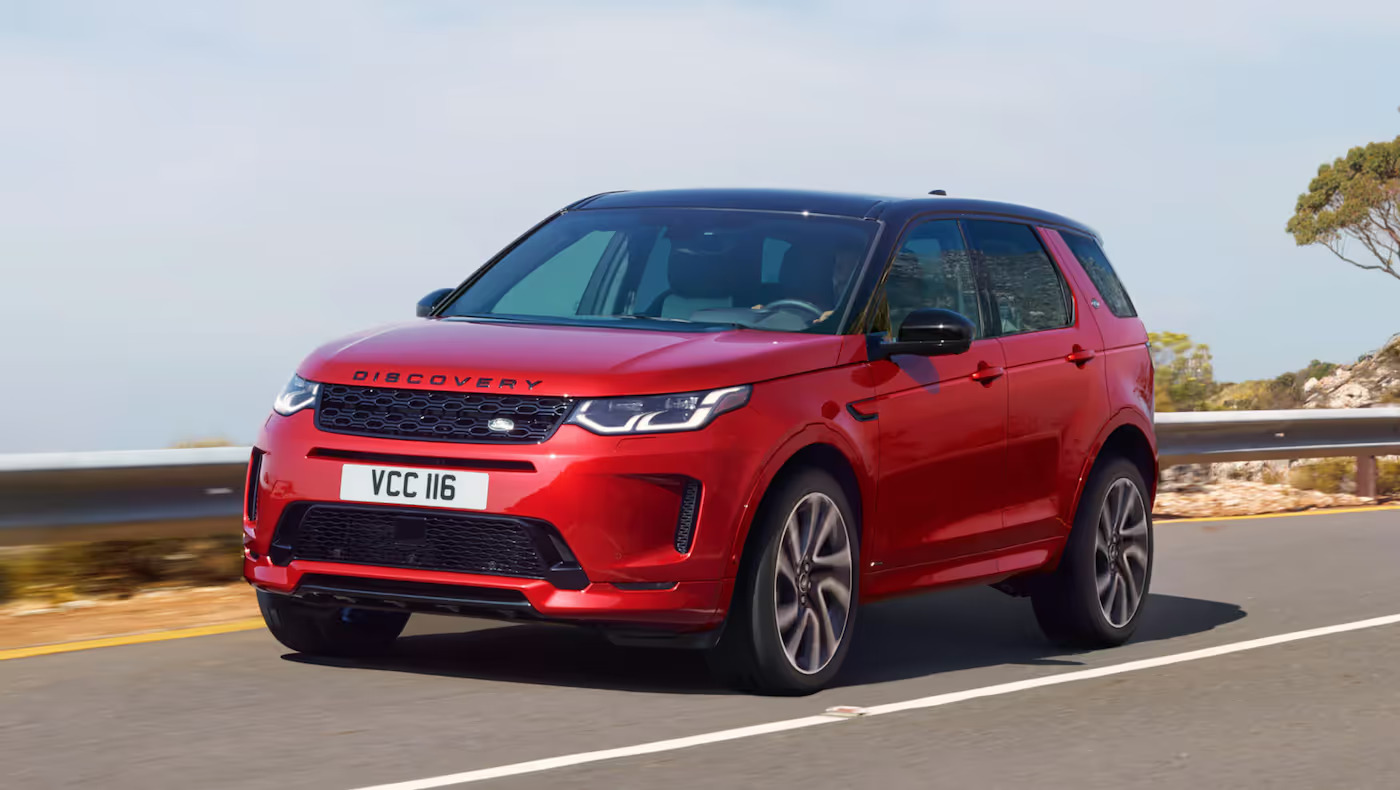
To make matters worse, Land Rover’s spotty service record and high maintenance costs make these issues even more frustrating.
Long repair times and limited dealer support only add to the pain. Many owners have reported multiple trips to the dealership within their first 12 months of ownership—for a vehicle positioned as a premium product, that’s unacceptable.
With its glossy showroom presence and aspirational marketing, the Discovery Sport may lure in buyers. But once it’s on the road, the illusion quickly fades.
If you’re counting on your SUV to perform under pressure, this is one vehicle that’s better admired from a distance than relied upon in real life.
4. Hyundai Kona Electric (2019–Present)
The Hyundai Kona Electric launched as an affordable, practical EV for the masses—offering impressive range, a compact footprint, and a lower price tag than most of its competitors. It was a hit with early adopters looking for a greener option that didn’t feel stripped down.
But as the miles accumulated, so did the problems. The Kona Electric soon developed a reputation for serious safety concerns, particularly those tied to its battery pack—problems so grave that trusting this vehicle with your life became a risky proposition.
The most notorious issue? Battery fires. Hyundai was forced to recall over 75,000 Kona Electrics globally due to LG Chem-supplied lithium-ion battery packs that were prone to spontaneous combustion, even while parked or unplugged.
In several cases, owners awoke to find their garage—or their entire home—engulfed in flames. Hyundai eventually replaced entire battery systems, but confidence was badly shaken, and for good reason. A vehicle that can ignite without warning is not one you can trust.
Even aside from battery concerns, the Kona Electric has struggled with electrical system faults, inconsistent regenerative braking, and random shutdowns while driving.
Owners have reported instances where the vehicle would suddenly lose power or go into “fail-safe mode”, limiting acceleration and triggering multiple warning lights. These events often occurred without warning and sometimes while traveling at highway speeds.
Interior quality is another weak point. For a vehicle with a premium price tag (due to its EV status), the materials feel budget-grade, and reports of rattles, cheap trim, and malfunctioning climate controls are common.
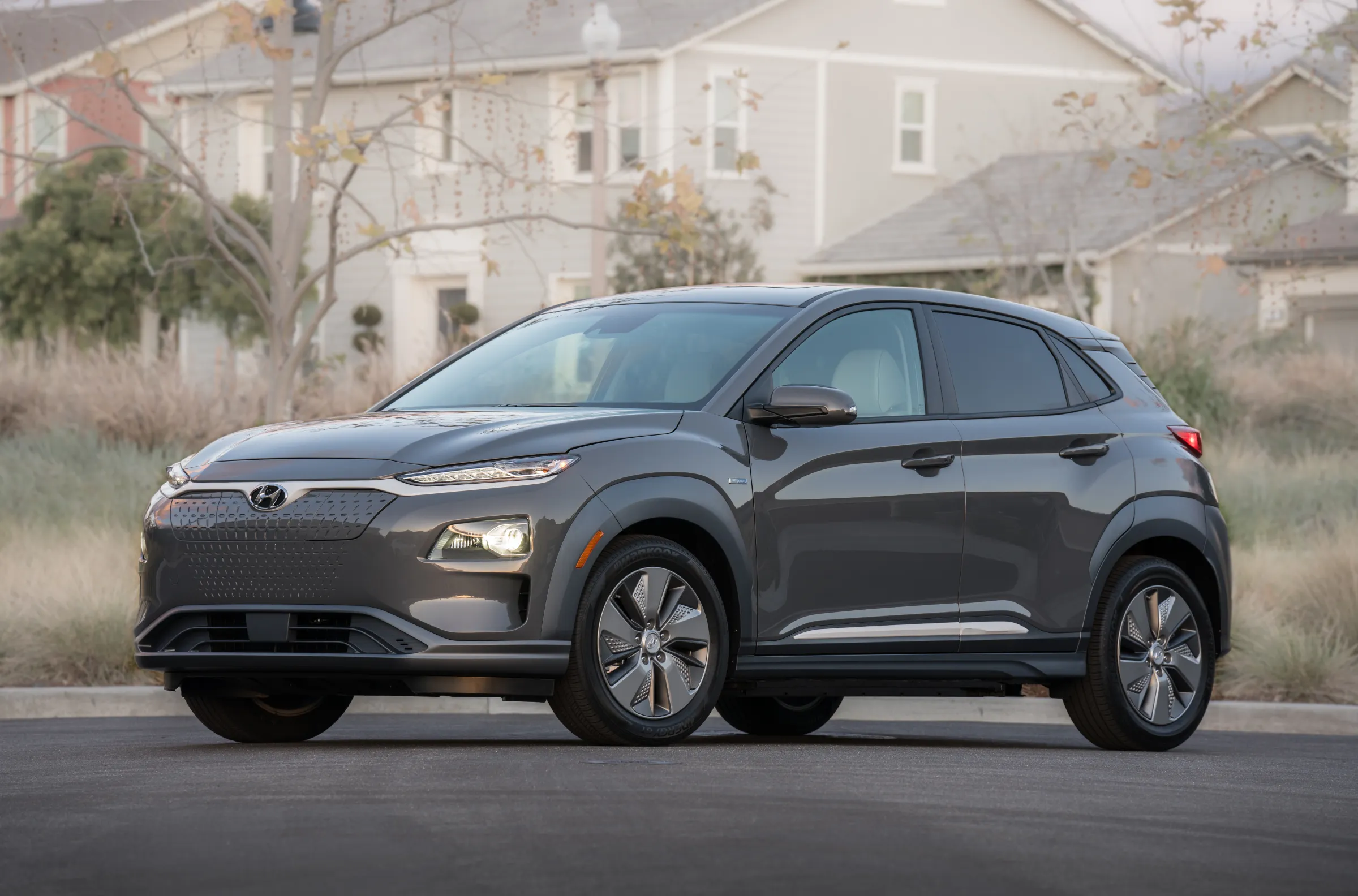
Add in frustrating infotainment glitches and delayed screen response, and the cabin experience feels unfinished.
Hyundai responded with recalls and battery replacements, but for many owners, the damage to trust was permanent. When your vehicle becomes a fire risk or shuts down at 60 mph, no amount of range or efficiency can justify the danger.
The Kona Electric may be efficient and well-equipped, but its early years were plagued with problems no life-reliant vehicle should face. It’s a clear reminder that EV innovation should never come at the expense of safety.
5. Infiniti QX60 (2013–2021)
At first glance, the Infiniti QX60 seems like a sensible, stylish midsize luxury SUV—ideal for families seeking comfort, space, and premium features. It’s loaded with tech, rides smoothly, and wears an upscale badge.
But underneath its elegant shell lies a record of serious mechanical and safety shortcomings that have made it one of the least dependable choices in the luxury SUV market, particularly during the 2013–2021 model years.
The biggest red flag? Its troublesome CVT (Continuously Variable Transmission). Shared with its Nissan Pathfinder sibling, this transmission is notorious for slipping, shuddering, overheating, and in many cases, failing entirely before reaching 60,000 miles.
Numerous QX60 owners have reported sudden jerking during acceleration, loss of power at highway speeds, or total breakdowns—some while merging or crossing intersections. That kind of unpredictability can turn a minor drive into a major safety hazard.
The V6 engine, while smooth and reasonably powerful, has also been linked to excessive oil consumption and cooling system leaks.
Coupled with the CVT’s unreliability, the powertrain feels fragile and untrustworthy—hardly what you’d want when transporting your family or taking long road trips.
Electronics and build quality are no better. Complaints range from infotainment glitches and sensor failures to flickering dashboards and malfunctioning backup cameras.
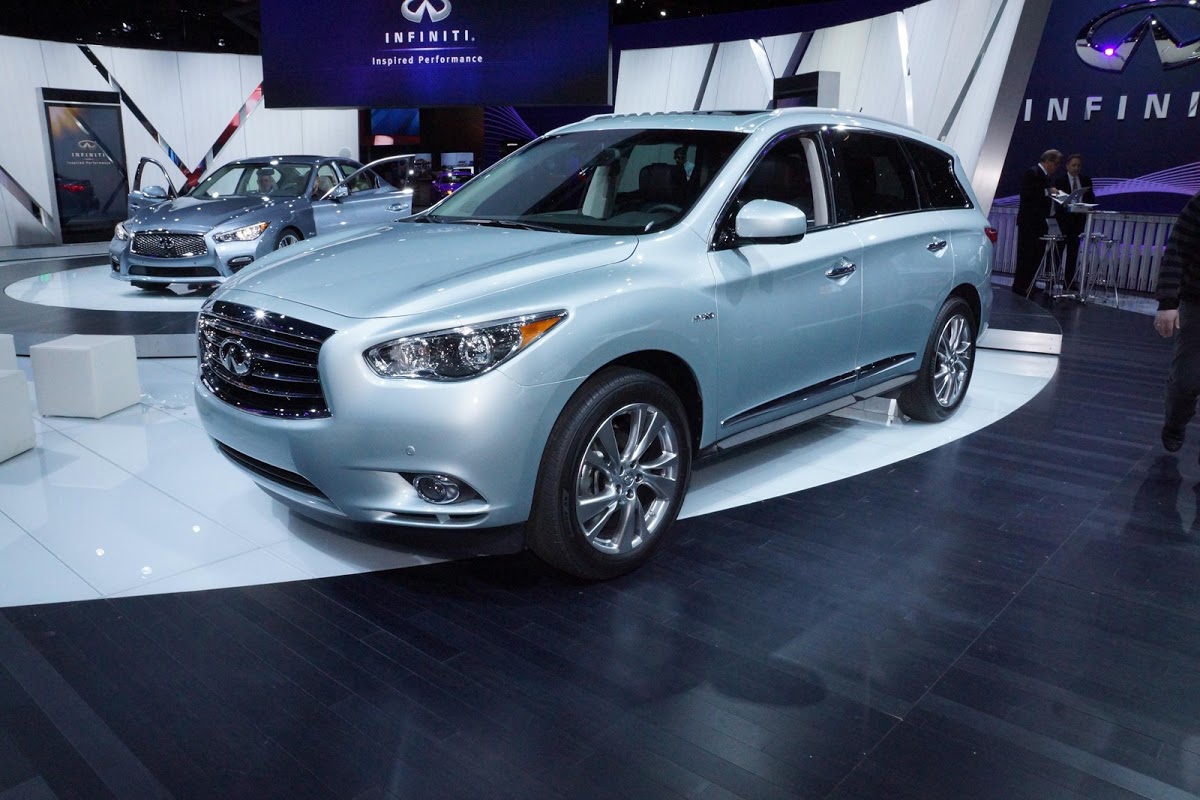
Safety tech, such as automatic emergency braking and adaptive cruise control, is available—but frequently buggy, inconsistent, or slow to respond. For a vehicle that’s supposed to help protect its occupants, these lapses are unacceptable.
Crash test results, while adequate, haven’t impressed either. In small overlap front crash tests, structural integrity and dummy injury readings lag behind competitors like the Acura MDX and Volvo XC90.
Combine that with a lack of confidence in key mechanical systems, and the QX60 becomes difficult to recommend in any situation where safety is paramount.
The redesigned post-2022 QX60 shows signs of improvement, but the damage is done. For nearly a decade, Infiniti’s flagship family SUV has been plagued with issues that make it a gamble—especially when lives are on the line.
SUVs are more than just vehicles—they’re guardians of your daily safety, protectors of your family, and the machines we rely on during the most critical moments of our lives.
Whether you’re tackling a tough commute, venturing into harsh weather, or navigating life’s unpredictable emergencies, the difference between an SUV that performs and one that falters can be measured in seconds, or even lives.
The five SUVs we’ve highlighted as trustworthy—the Toyota Land Cruiser, Ford Explorer, Toyota 4Runner, Volvo XC90, and Chevrolet Tahoe—have earned their reputations through real-world resilience, safety engineering, and proven mechanical durability.
These are not just cars with good reviews—they are chosen by police departments, disaster response teams, overlanders, and families who’ve learned the hard way what matters most. When failure isn’t an option, these vehicles show up.
On the other hand, the five SUVs you can’t trust—the Jaguar E-Pace, Ford Bronco Sport, Land Rover Discovery Sport, Hyundai Kona EV, and Infiniti QX60—may look appealing, but they’ve consistently fallen short where it counts.
Whether it’s unreliable drivetrains, dangerous software glitches, spontaneous battery fires, or outright mechanical failures, these vehicles bring more risk than reassurance. In high-stakes situations, they don’t just inconvenience—they endanger.
What this list underscores is that trust can’t be bought with luxury badges, sleek design, or clever marketing. It must be earned through engineering integrity, rigorous testing, and real-world performance.
And it’s the responsibility of every car buyer to look past the showroom shine and ask: “Will this vehicle protect me when everything goes wrong?”
Because when you’re barreling down an icy highway, dodging a distracted driver, or racing the clock during an evacuation, the SUV you’re in doesn’t just matter—it may be the only thing that does.
Choose wisely. Trust your life with what’s been proven, not promised.
Also Read: 5 Cars That Get Better With Age and 5 That Are Instant Depreciation

